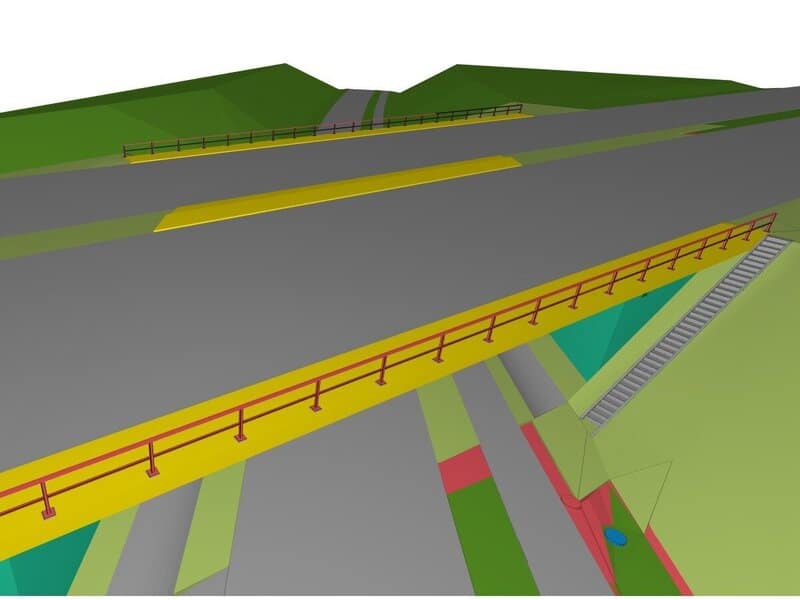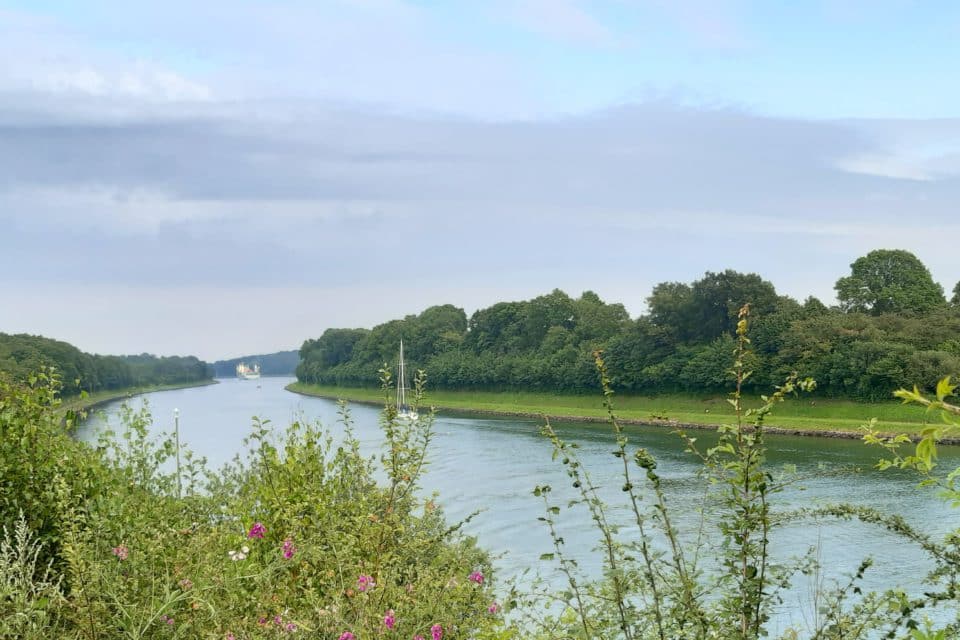Transfer of the A1

Facts and figures
- Construction in existing buildings while traffic continues
- 14 different traffic management phases for each substructure
- High geometric requirements due to the combination of a considerable skew angle of the structure and the alignment of the A1 as a clothoid with discontinuously changing cross slopes
Consequence of recalculation
In Ostholstein, the villages of Sereetz and Ratekau are connected by the L290 state road and cycle path. Since 1974, a bridge structure on the A1 has spanned the state road. A recalculation in 2018 revealed a limited load-bearing capacity and therefore classification in bridge class BK60. In addition, the superstructure was assessed as a continuous prestressed concrete slab with hollow sections as a high-risk construction method.
As the client, the FRG therefore decided to demolish the existing building and replace it with a new one.
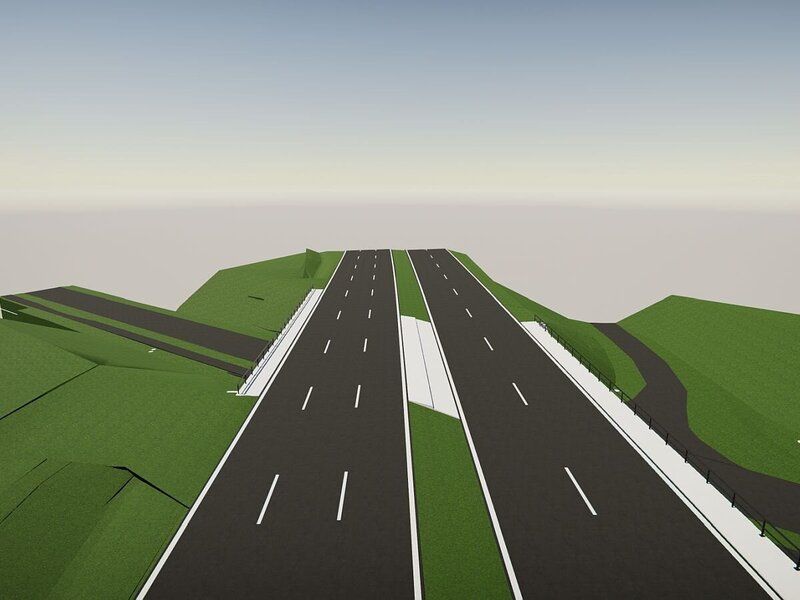
Construction in existing buildings - planned with BIM
The flyover of the A1 motorway over the L290 state road and cycle path is one of the latest civil engineering projects that we planned using BIM. The first step was to create a digital 3D terrain model from a point cloud provided by the client.
Taking into account the individual construction phases, we added the existing structure to be demolished and the new replacement structure to be built - including dimensions and planning-relevant information - as 3D models.
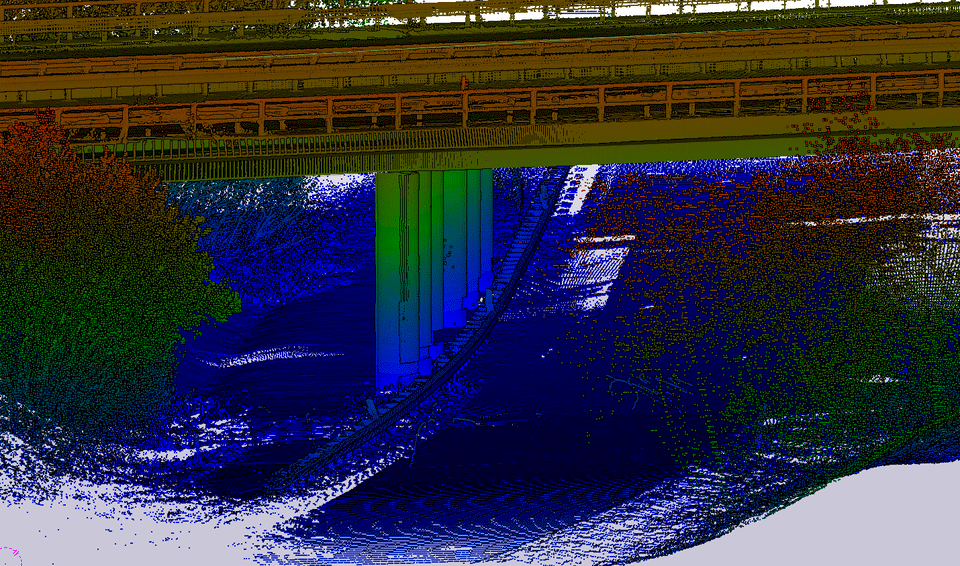
From the preliminary investigation to execution
Several different load-bearing and cross-section systems were considered in the preliminary investigation. Ultimately, the single-span integral frame structure with an open steel composite beam proved to be the most suitable solution. The foundation could be designed as a shallow foundation, as the existing subsoil had sufficient load-bearing capacity.
The construction of the entire structure - consisting of 2 partial structures with a length of approx. 28 m and a total width of approx. 32 m - is planned for the period from 2023 to the end of 2024.
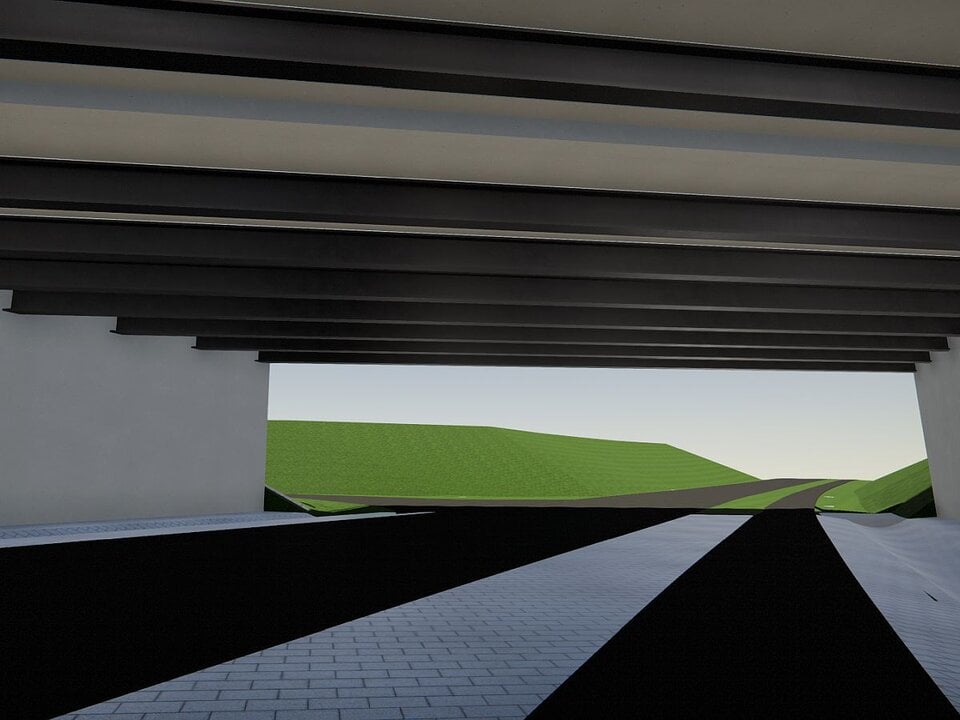
Without road closures
A total of 14 different traffic management phases were defined for each substructure so that the replacement structure can be built on both levels while traffic continues to flow.
